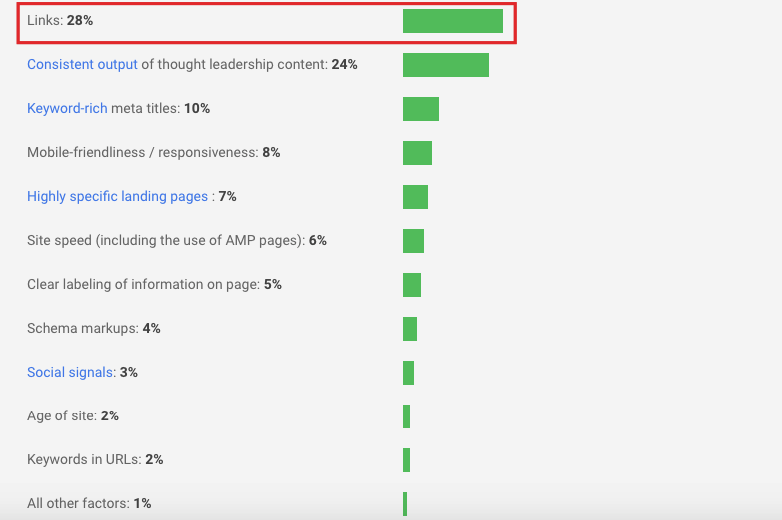When you break it all down, the more high quality, relevant backlinks you have pointing to your site, the better your rankings will be. And that’s great and all, but how exactly do you go about quickly sending a high volume of backlinks to your website? I’ll use SEMrush to show you the details. This one might work: Now, leave a detailed, quality answer, and link to your article. That way, you’re instantly gaining a solid link from Quora and potentially more from people who land on your content. Since you’re in the same niche, there’s a good chance the sites that link to your competitors will link to you too. Create a round-up post Okay, this last technique is a little different. Like this: You can expect a fair number of those experts to link to the article or share it on social media. At the very least, you should be able to generate a good number of backlinks. I find that creating top-shelf, long-form content and targeting a handful of relevant keywords is a good starting point.
No matter how much SEO evolves, backlinks remain the primary “currency” for Google when ranking websites.
In fact, a November 2016 study from First Page Sage found that backlinks are still the number one overall ranking factor in Google’s algorithm:

Of course, there are other critical ranking factors, but building backlinks should still be your top priority.
When you break it all down, the more high quality, relevant backlinks you have pointing to your site, the better your rankings will be.
And that’s great and all, but how exactly do you go about quickly sending a high volume of backlinks to your website?
More specifically, how do you send them to a single article?
I’m about to show you.
I’m going to use a particular guide I created on Quick Sprout a while back as an example.
It’s The Advanced Guide to SEO I wrote with Sujan Patel.
I managed to build a grand total of 826 backlinks in just eight weeks to the guide.
SEMrush stats
First, let me give you a quick overview of the article’s stats.
I’ll use SEMrush to show you the details.

Now, that’s just a drop in the bucket when compared with the total number of backlinks for Quick Sprout.


But when you beef up the backlink volume for multiple articles, it all comes together to create a very powerful link profile for your site.
How did I do it?
It all starts with epic content
If you look through the Quick Sprout archives, you’ll see a massive body of content.
Some articles are better than others, but I always strive to maintain quality.
One content format that’s really helped bring in backlinks is the in-depth guides.
There’s a guide for general online marketing, content marketing, landing page optimization and so on.
Here’s a list of 12 guides and two courses offered.
And, of course, there’s The Advanced Guide to SEO I’m using as an example for this post.
If you browse through it, you’ll quickly see it’s not your average guide.
It’s incredibly comprehensive and detailed.
There are nine exhaustive chapters, covering everything from indexation and accessibility to link-building techniques and search verticals.
The various techniques are also broken down step-by-step so beginners can understand the specifics and ultimately gain a deeper perspective on the underlying theory.

My point here is you need to begin with epic content.
It needs to deliver value the bulk of your competitors aren’t currently offering.
As I’ve pointed out before, this doesn’t mean you have to reinvent the wheel.
In fact, you can take an existing topic, improve upon it and still completely crush it.
This is known as the skyscraper technique.
If the quality level is there, the backlinks will come.
But if it’s not, it’s going to be an uphill battle.
Target multiple keywords
I’m sure you know by now that long-form content ranks consistently higher than your average, run of the mill, 500-700-word post.
One of the more recent studies on word count from Backlinko found that “the average word count of a Google first page result is 1,890 words.”

There are multiple theories as to why this correlation exists, but regardless of the reasoning, it’s undeniable.
One reason why I really love long-form content is because it gives me the opportunity to rank for several different keywords at once.
Just think about.
If you’re writing a 500-word post, you’re essentially limited to targeting two or three keywords (unless you’re obnoxiously stuffing keywords).
But if you go significantly longer and hit upwards of 2,000 words, you can target several different keywords.
This approach allows you to cater to multiple segments of your demographic, increasing the number of times people link to your article.
Longtail keywords in particular…

COMMENTS